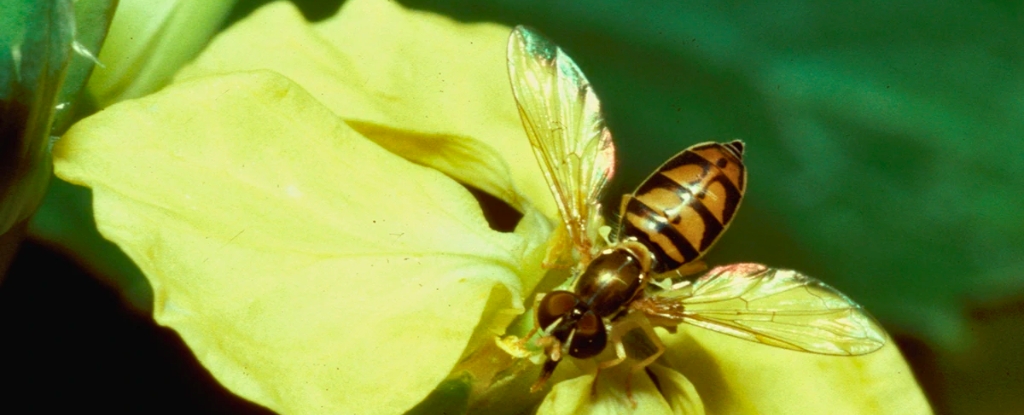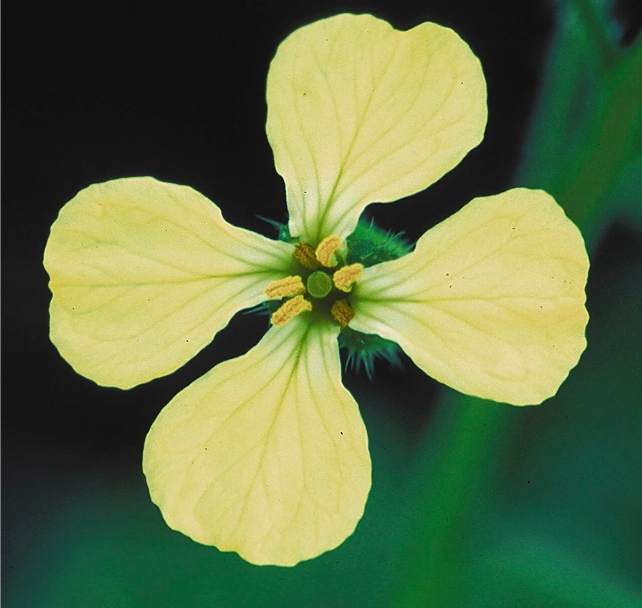
Upon hearing the phrase “natural selection,” one typically associates it with change. However, recent research indicates that this mechanism is not solely about change; it can also play a role in preserving similarities among populations.
Biologists possess a strong understanding of the fundamental process of evolution. The genetic diversity within a population arises from mutations, some of which result in traits that enhance individuals’ adaptation to their current environment. These advantageous traits stand a good chance of being inherited, whereas less beneficial characteristics are less likely to be passed on to future generations. This phenomenon is known as natural selection.
Evolutionary biologists primarily focus on exploring variations within and among populations and species. However, life encompasses more than just the factors that differentiate us all.
We always talk about the vast diversity of life and we should. It’s incredible,
says evolutionary biologist Jeff Conner from Michigan State University, lead author of the new study.
Natural selection has given us a lot of that diversity, probably most of it. But natural selection can also cause similarities.
Conner and collaborators from the United States and China conducted research using wild radish (Raphanus raphanistrum). In the past, its pollen-producing structures were uniform in length, but today, they exhibit two short and four long stamens.
Surprisingly, prior studies have indicated that selection preserves the length disparity, referred to as ‘anther separation,’ even though the reason behind this phenomenon remains unknown.

For traits to undergo evolution, there’s a need for additive genetic variation, where multiple genes play a role in shaping the trait. Termed as constraint, the absence of this variability tends to hinder evolution, even when it would be advantageous to evolve.
The concept of constraint revolves around the notion that as species transform over time, they may experience a reduction in genetic flexibility in certain aspects, leading to the stabilization of specific traits across successive generations.
While natural selection is often viewed as the driving force behind change, constraint acts as the limiting factor, akin to the brakes in the evolutionary process.
Our work flips the script on that a little bit,” Conner says. “We’re suggesting that selection can also slow things down, that it can cause similarities as well as differences.
The researchers aimed to investigate whether constraint played a role in impeding the evolution of anther separation in the prior study. They employed artificial selection to selectively breed wild radishes, restoring their visual characteristics to a more primitive state, characterized by a smaller gap between stamens.
If a trait responds to artificial selection, it clearly can evolve,
the authors explain in their paper.
But if the trait does not respond, there is a constraint caused by a lack of genetic variation.
Conducted over six generations, the study cultivated and measured 3,437 wild radish plants. Utilizing artificial selection, the researchers successfully decreased the variation in stamen lengths by over 30 percent.

The observed transformation indicates that contemporary wild radishes, and likely their relatives, retain the necessary genetic variation for evolution. This suggests that they are unlikely to be constrained in their evolutionary potential.
Contrarily, it seems that natural selection is actively preserving a distinction in the lengths of their stamens.
This family of plants has maintained this four-long, two-short trait over 50 million years and we can get rid of a third of the difference in five generations, which would be five years,
Conner says. My guess is if we kept going, we would get back to six stamens of equal length.
The researchers have devised experiments to explore whether the diverse lengths of stamens provide any advantages to R. raphanistrum in terms of how pollinators engage with the plant.
Natural selection is very important,
says Conner. A lot of things people have thought selection couldn’t do, we’re learning selection can do.
The findings of the study are documented in New Phytologist.





